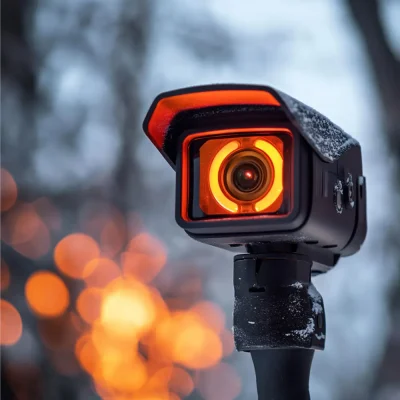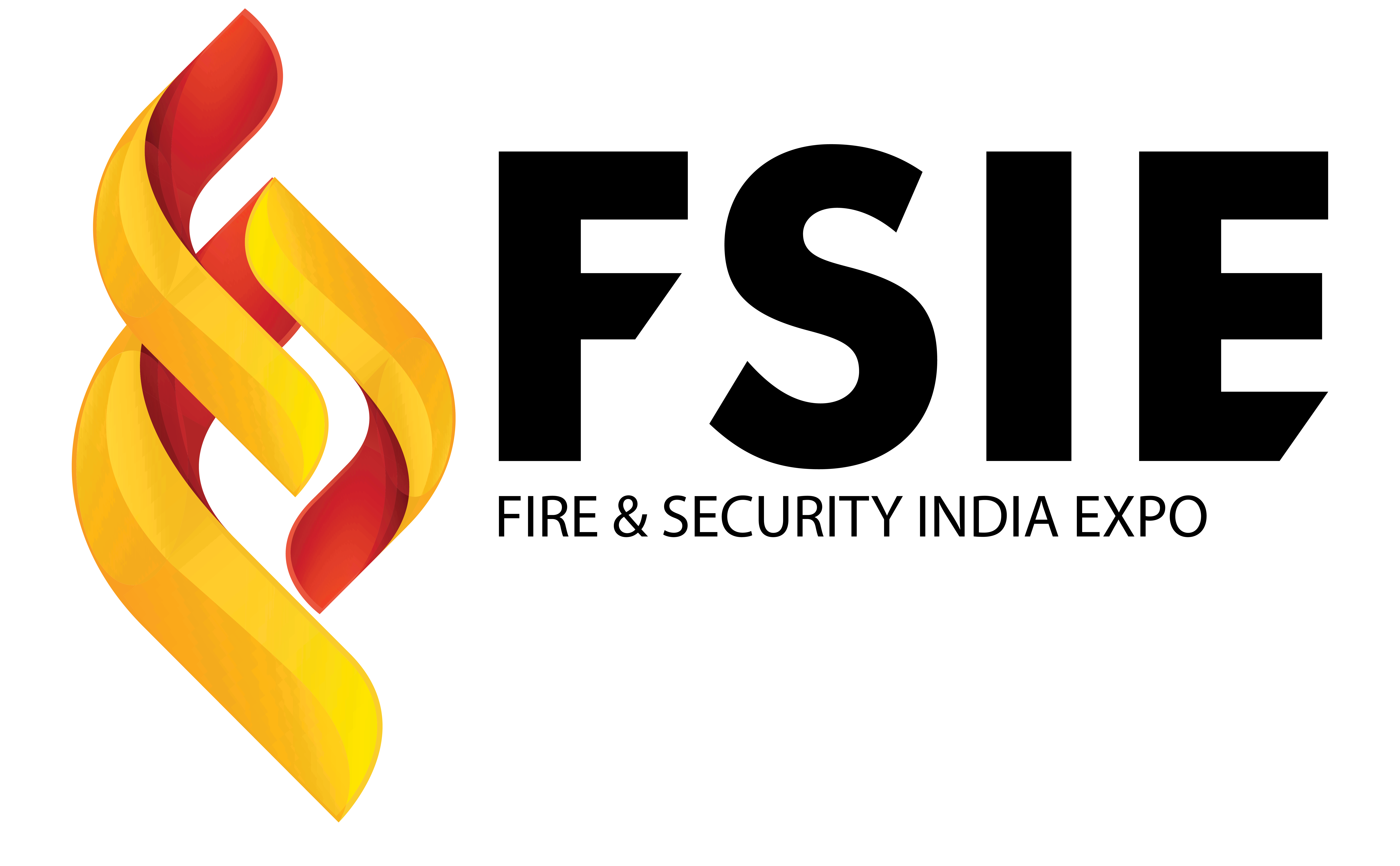How Thermal Imaging Cameras Aid Fire and Security Professionals
When it comes to fire safety and security, one tool that has completely changed the game is the thermal imaging camera (TIC). Once used mostly by the military, these cameras are now a common sight with firefighters, safety officers, and even security professionals in India. But why are they such a big deal? Let’s break it down in simple terms.
What Exactly is a Thermal Imaging Camera?
Unlike regular cameras that capture visible light, a thermal imaging camera picks up heat signatures. Every object, person, or surface emits infrared radiation, and TICs translate this into a visual image—usually in bright colors like red, orange, and yellow for hotter areas, and blue or purple for cooler zones.
In other words, even if smoke, darkness, or fog hides what’s in front of you, a thermal camera can “see” it through the heat it gives off. That’s why it has become a trusted tool for firefighters and security experts worldwide, including across Indian cities where high-rise fires and industrial accidents are becoming more common.
Firefighters deal with chaotic environments. Visibility is often close to zero, smoke is everywhere, and every second counts. Here’s where TICs step in:
1. Locating People in Smoke
In a burning building, it’s nearly impossible to see trapped occupants with the naked eye. Thermal cameras can highlight the body heat of a person—even if they’re unconscious—making rescue operations faster and more efficient.
2. Detecting Hidden Fire Hotspots
After putting out flames, firefighters still need to ensure there are no hidden embers. A small spark in a wall or ceiling can reignite hours later. Thermal imaging easily spots these “hotspots,” preventing secondary fires and saving property.
3. Guiding Safe Navigation
Dense smoke makes it hard to move around, especially in complex structures like shopping malls or industrial plants. Thermal imaging can help firefighters find doors, staircases, and safe escape routes when visibility is nearly zero.
4. Better Decision-Making
With clear heat maps, fire officers can quickly decide where to direct water or foam, which areas to ventilate, and which zones are unsafe for entry. This not only saves lives but also reduces unnecessary water damage to property.

Security Applications Beyond Firefighting
Thermal cameras aren’t just for firefighters—they’ve become a must-have for modern security teams in India. Whether it’s a commercial complex, refinery, or critical infrastructure, these cameras offer unmatched surveillance benefits:
1. Intruder Detection in Low Light
Traditional CCTV cameras struggle in pitch darkness. Intruders can hide in shadows, but their body heat gives them away instantly on a thermal camera. That’s why airports, metro stations, and even residential societies in India are adopting TICs for 24×7 security.
2. Perimeter Monitoring
Factories, oil refineries, and warehouses often span massive areas. Guarding these spaces is tough, especially at night. Thermal cameras can detect movement from hundreds of meters away, alerting security teams before a breach happens.
3. Industrial Safety Monitoring
In industries like power plants, manufacturing units, or chemical facilities, thermal imaging is used to detect overheating machines, electrical faults, or gas leaks. Preventing equipment failures reduces both downtime and accidents.
4. Public Safety at Events
Large gatherings—concerts, political rallies, sports events—pose unique safety challenges. Thermal imaging helps monitor crowds, detect suspicious activity, and even identify people carrying unusual heat-emitting objects.
Thermal Imaging in the Indian Context
India’s fire and safety challenges are unique. Rapid urbanization, old infrastructure in many cities, and the rise of mega-structures like malls and IT parks make fire prevention more complex than ever. On top of that, climatic conditions like heavy smoke from industrial zones, pollution, or even monsoon fog often limit visibility.
This is exactly where thermal imaging solutions are proving invaluable:
- High-rise Fires in Cities: Fire brigades in Delhi, Mumbai, and Bengaluru are increasingly using TICs to rescue trapped residents in skyscrapers.
- Industrial Safety in Gujarat and Maharashtra: Manufacturing hubs are integrating thermal cameras to monitor furnaces, boilers, and chemical plants.
- Railway & Metro Security: Indian Railways and metro authorities use them for both safety checks and security surveillance.
Future of Thermal Imaging in Fire and Security
The future looks exciting. With AI and IoT integration, thermal cameras are getting smarter. Imagine a thermal camera that not only spots a fire but also automatically alerts the nearest fire station with real-time location data. Or a system that uses AI to differentiate between an intruder and a stray animal near a factory perimeter.
For India, where both fire safety awareness and smart security are on the rise, these innovations will be crucial. Expect to see thermal imaging integrated into smart cities, airports, metro stations, and even residential complexes in the near future.
Also read: What is building security and why is it important
Final Thoughts
Thermal imaging cameras have gone from being “nice-to-have” to “absolutely essential” in fire and security operations. For firefighters, they mean faster rescues, safer navigation, and better fire control. For security professionals, they provide round-the-clock surveillance, even in the toughest conditions.
In a country like India—where urban growth, industrial expansion, and safety challenges are happening side by side—thermal imaging isn’t just technology, it’s a lifeline.
Whether you’re a safety officer, facility manager, or just someone curious about the future of fire and security, one thing is clear: thermal imaging cameras are here to stay, and their role will only get bigger in the years ahead.
FAQ
Q. Can thermal imaging cameras see through walls?
No. They don’t have X-ray vision. They only detect surface heat. However, if a fire is smoldering behind a wall, the heat difference will show up on the surface, giving firefighters a clue.
Q. Are thermal cameras useful only at night?
Not at all. They work both day and night because they rely on heat, not visible light.
Q. Are they expensive in India?
Prices have been dropping steadily. While professional-grade models are still an investment, compact handheld TICs are becoming more affordable for local fire brigades and security agencies.
Q. How reliable are they in Indian weather?
From desert heat in Rajasthan to the humidity of Chennai, modern TICs are rugged and built to withstand tough environmental conditions.
